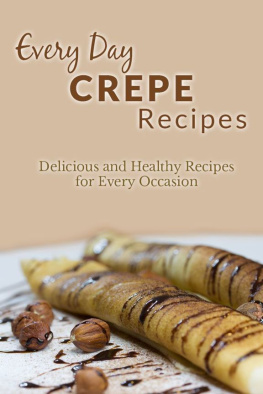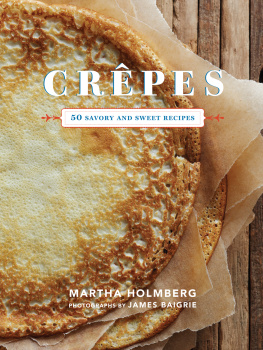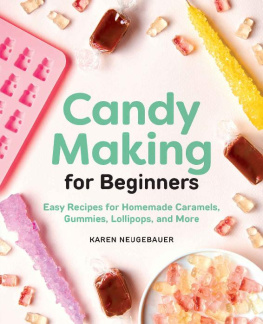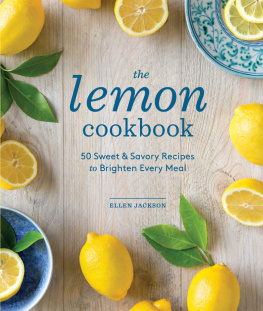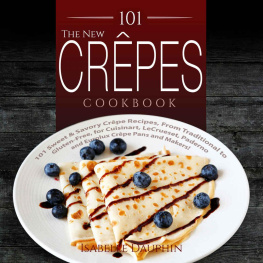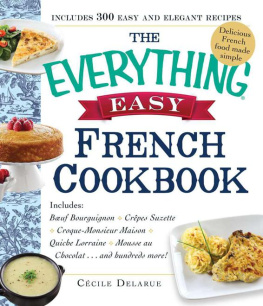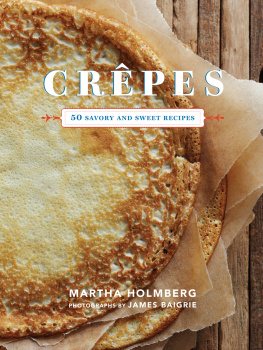Introduction
Imagine the soft rain outside and the smell of crepes and cinnamon coming from the kitchen. It stirs so many sweet childhood memories. I am an European who was born and raised in Africa, and this was how my grandmother made crepes.
Crepes are such a versatile little "sin" food. They can be used as an entre, a light meal or a dessert. Crepes and pancakes are not the same; they are cousins from different countries. Pancakes are thick, fluffy and a little British, whereas crepes are thinner and a little more French; though I am sure the French will argue a lot more differences. For us mere mortals, this distinction will suffice.
Crepes are my favorite go-to-food. I use them for birthday parties and tea parties. I dress them up when I want to show off and dress them down when they are wrapped around some leftover food from my fridge.
Crepes are economical, quick and easy to make and you can turn into a regular Nigella or Martha Steward simply by keeping a few frozen ones in the freezer ready for use.
The Batter

Crepes are basically a quick flour mixture, and are classified as a thin batter. The mixture must be runny and thin, almost like a light cream. The consistency must be such that is coats the back of a wooden spoon. If the batter is too thick, simply add a little water.
To mix use a blender, food processor, rotary egg beater or electric mixer. I like to pour the batter through a course sieve right after mixing just to make sure there are no lumps.
I always like to know why certain ingredients are necessary for dishes and treats. Following is a list of the main ingredients of crepes and why they are vital to the recipe.
Flour forms the basis of the batter, and it is also the binding agent for the rest of the ingredients.
Salt - without it, the crepes will have a very bland taste.
Eggs lend a beautiful taste and color to the crepes, as well as forming the protein frame for the dish. Usually I don't separate the eggs, but it can be done. All you have to do is beat the egg whites and close to the end fold it into the batter . It will give the crepe a fluffier and lighter texture.
Melted butter will prevent the crepe from being rubbery. It will also prevent it from sticking to the skillet when baked; especially when you are baking a lot of it. However; it is best to use a vegetable oil to grease the skillet, as the smoke point is higher; whereas butter's is low, and it will turn brown before it even reaches the right temperature.
Optional additional items such as baking powder, vinegar, brandy and liquor can also be added to the batter.
Baking powder - some crepe recipes require baking powder, but because the batter is so thin you don't have to worry about how the crepe rises. However; baking powder can make the batter softer and lighter. Just remember that if you live high above sea level, you must reduce the baking powder by about a .
Vinegar will lighten the texture and enhance the taste of the final product. Vinegar with a sour taste will also weaken the gluten, and therefore lessen the elasticity of the crepes.
Alcohol has, to a much lesser degree, the same effects on the crepes as vinegar, but it gives a beautiful flavor to the final product.
With the basics out of the way, let's focus on how to mix the batter. Crepe batter must never be over-mixed; only mix until the batter is smooth and without any lumps.
It is very important to let the batter rest before use. Some crepe batter needs to stay overnight in the refrigerator, but for this batter 30 minutes should be enough.
I would not let it rest for more than 2 hours at room temperature, and not more than 24 hours in the refrigerator. If for some reason you let it rest too long and it became too thick, simply add a little water to thin it down. Just remember that after you've done this, it needs to rest again for 30 minutes.
How to Bake
You would think that the success of delicious crepes begins and ends with the batter, but the type of skillet you use is extremely important.
Use a heavy, thick-base skillet with a smooth surface. Thick heavy-base skillets retain the heat better. A lighter thinner base pan will spread the heat unevenly, and the surface is often not smooth which will cause the crepes to stick the pan. Having said that, if you are more comfortable with a thinner, lighter pan, use that; whatever works for you, I prefer my heavy-base skillet.
Dont use too big a skillet; a skillet with a span of about 10 is ideal. If your skillet is shallow, it will make the process of flipping or turning the crepe much easier.
If you are lucky enough to have a skillet dedicated to the making of crepes, do not clean it with soap and water. After every use, simply rub it with a little salt while it is still warm, and wipe it down with a piece of absorbing kitchen towel.
If you dont have a dedicated skillet, then use any of your other heavy-base skillets, but give it the salt treatment first; it will help stop the crepes from sticking to the skillet.
Prepare your Skillet
Clean the skillet and over a low heat, sprinkle some salt and rub gently with a piece of absorbing kitchen towel.
Remove all the salt and then add a little vegetable oil, enough to cover the base of the skillet and once again rub the base of the skillet gently with a piece of absorbing kitchen towel until clean.
Your skillet is then ready for use. I promise you that the crepes will not stick to the skillet!
Handy Tips
I must admit that a pale, oily looking crepe staring back at you from the plate can somewhat hurt the ego and dampen motivation to make crepes again. If your crepes look like that, its because your skillet wasnt sufficiently heated. Here are some handy tips:
- Before you start with the first crepe, make sure the skillet is scorching hot.
- Add a little oil; just enough to cover the base.
- Let it heat to its smoking point then tip the excess oil into a safe container.
- Remove the skillet from the heat.
- From a little jug, pour just enough batter into the skillet to cover the base when you tilt the skillet from side to side. The base should now be covered with a thin layer of batter.
- Fry the crepe for around 30 seconds, and then flip it over with a flexible spatula.
- After another 30 seconds, your first crepe is done and can be placed on a plate. Remember you only turn the crepe once in the skillet .
- It is important to have added oil to the batter, since now you can just pour the second one into the skillet and off you go.
- To keep the ready crepes warm, place them on a plate and put that plate on top of a pot with boiling water (low heat). Covering the plate with a lid will prevent the crepes from drying out. You can keep them warm like this for about half an hour.
- Please do not try to heat the crepes in the oven, as they will dry out and became very rubbery.
Toss a Crepe Like a Pro
For heavens sake, practice in the privacy of your kitchen first before you show off your skill!
- Loosen the crepe on the sides.
- Hold gently onto the handle of the skillet, relax your wrist, and keep it flexible.
- Shake the skillet gently so that the crepe slides a little to the front.
- Whip the skillet up with a quick upward movement of your hand. The half-ready crepe will fly into the air, flip and land, hopefully , back in the pan with the ready side looking right back at you!


